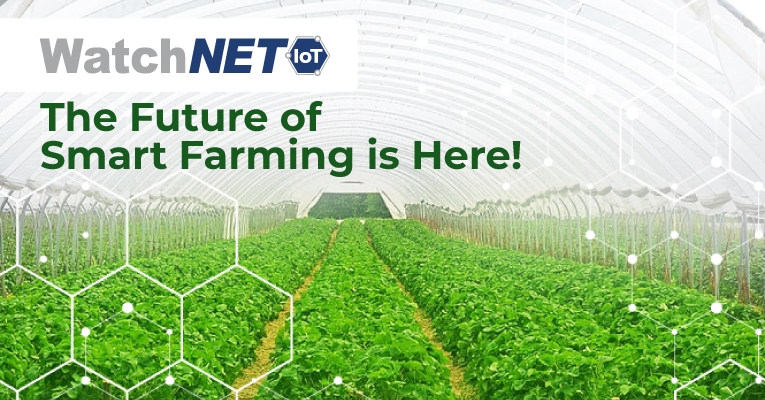
With the ever-increasing population of the world, it has become mandatory for farming and agriculture to cope up and adopt new technologies. Inspite of the challenges of climatic change, natural disasters and other issues linked to the crop yield, the field of agriculture has started implementing smart and precision farming to increase efficiency manifold.
Farming has seen a number of transformations in the last decade, thus becoming more industrialized. With the use of gadgets, farmers have gained a better understanding of growing crops and improving their yield. Statistics have shown that the world population is bound to reach 9.6 billion by 2050. To meet the demands of such abundant population, the agriculture industry has to adopt the Internet of Things (IoT). The use of IoT will increase crop productivity, water optimization and enhance transparent farming.
Adopting IoT in agriculture has seen many benefits:
1. Precision Farming – Precision farming is one of the most famous applications of IoT in the field of farming. This technique makes more controlled and informed decisions with respect to livestock and growing crops. High speed internet, low cost satellites, reliable software, soil moisture probes and other products maximize profitability while providing complete agronomy support and suggestions for precision irrigation.
2. Climate Conditions – Climate sensing plays a huge role in making or breaking the yield. With IoT, real time weather can be monitored by placing sensors inside and outside the fields. Factors affecting the crops such as humidity, rainfall, temperature are detected and the collected data is analyzed to choose the right crop.
3. Drone Data – With easy access to any place, drones are becoming a major part of agriculture. Aerial-based and ground-based drones are being used for crop health assessment, crop monitoring and soil analysis – all this with just the altitude or ground resolution of the land to be surveyed. The integrated GIS mapping and the real-time information has revolutionized the agriculture industry.
4. Smart Greenhouse – A smart greenhouse developed with IoT has integrated weather stations to control the climatic conditions automatically, as per a set of instructions. This eliminated the need for human intervention, thus increasing productivity and minimising losses. The sensors collect and transmit real-time data, which helps a great deal in managing the crop from a remote location.
Collating and analysing the data from multiple sensors will ensure a seamless farming experience and increase sustainability. It is very important for the farmers to understand the benefits IoT has to offer and embrace the change to move forward and bridge the gap between demand and quality supply.
